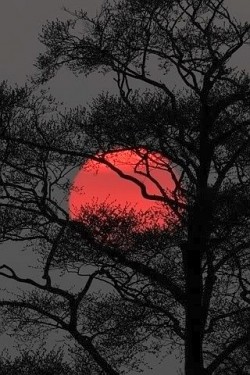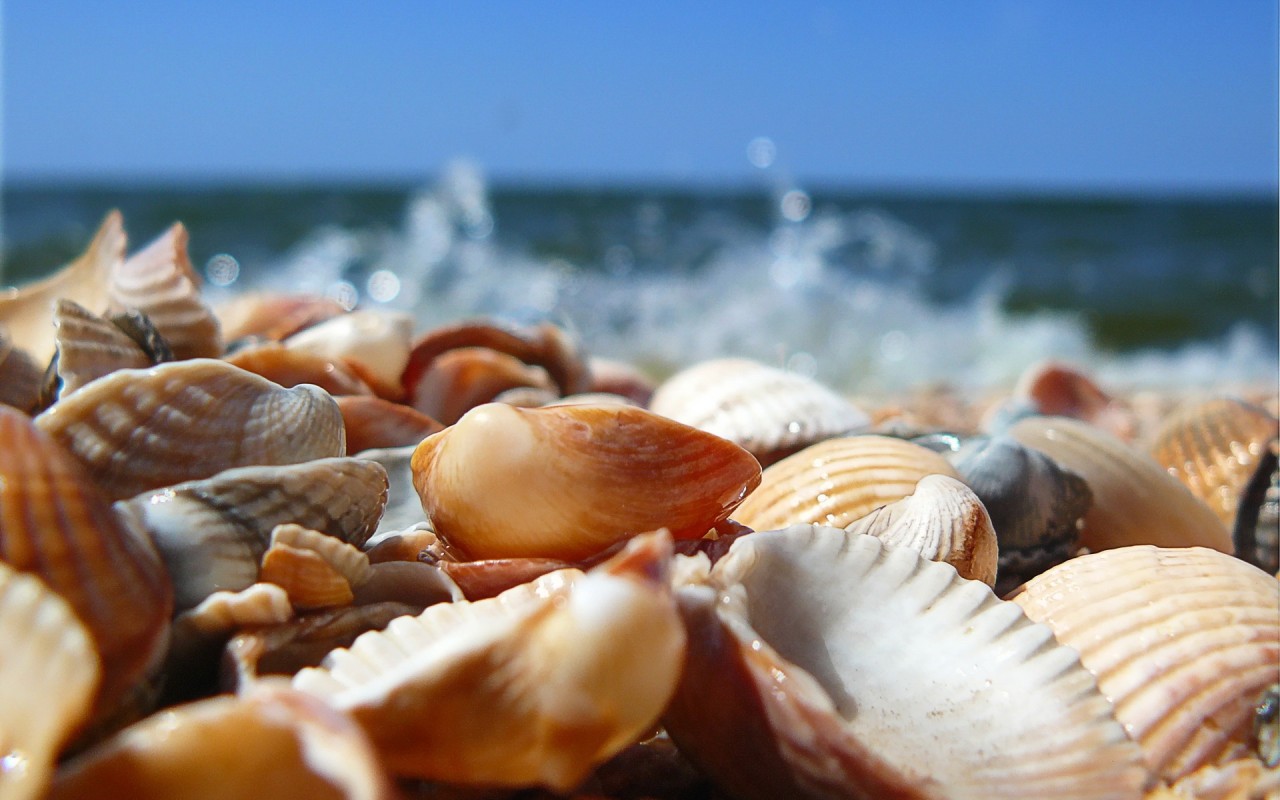 The Hunter’s Moon is always the full moon after the Harvest Moon, which is nearest the Autumnal Equinox in the Northern Hemisphere, and the Vernal Equinox in the Southern Hemisphere. This year, the Hunter’s Moon reaches fullness at 6:51 am, eastern US time. A total eclipse occurs after sunset on October 7 in the Southern Hemisphere and before sunrise on October 8 in the Northern Hemisphere. To complicate this amazing full moon even further, it is the last of the four Blood Moons.
The Hunter’s Moon is always the full moon after the Harvest Moon, which is nearest the Autumnal Equinox in the Northern Hemisphere, and the Vernal Equinox in the Southern Hemisphere. This year, the Hunter’s Moon reaches fullness at 6:51 am, eastern US time. A total eclipse occurs after sunset on October 7 in the Southern Hemisphere and before sunrise on October 8 in the Northern Hemisphere. To complicate this amazing full moon even further, it is the last of the four Blood Moons.
From a metaphysical perspective, the Hunter’s Moon is all about the final gathering in of crops and hunting game to be prepared and stored for the long, cold winter ahead. It is a time of giving thanks and preparation.
According to EarthSky.org (www.earthsky.org): “Autumn full moons – like the Hunter’s Moon or Harvest Moon – are different from other full moons. That’s because, in autumn, the ecliptic – or path of the sun, moon and planets – makes a narrow angle with the evening horizon. That fact causes several sky phenomena. For example, the location of the moonrise on your horizon, for several nights around a Northern Hemisphere autumn full moon, is noticeably farther north along the eastern horizon for several nights in succession.
It’s this northward movement of the moon along the eastern horizon at moonrise – for several days in a row, around the time of full moon – that gives the Hunter’s Moon its magic.
These more northerly moonrises assure us of earlier-than-usual moonrises around the time of full moon. On average, the moon rises 50 minutes later daily. But at mid-northern latitudes around now, the moon is rising about 30 to 35 minutes later. And farther north, the effect is even more pronounced. For instance, at latitudes close to the Arctic Circle – like at Fairbanks, Alaska – the moon actually rises around 15 to 20 minutes later for several days in a row.”


Leave A Comment
You must be logged in to post a comment.